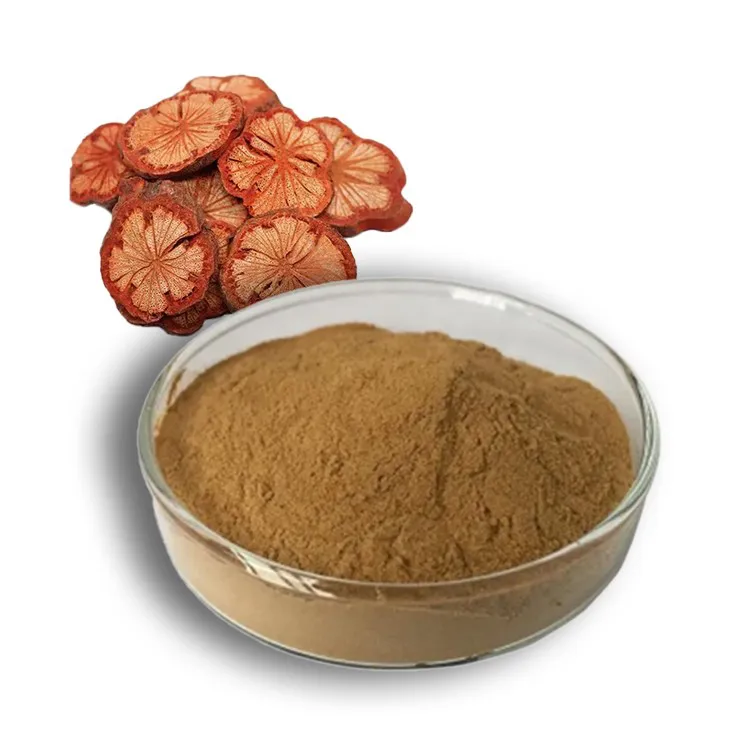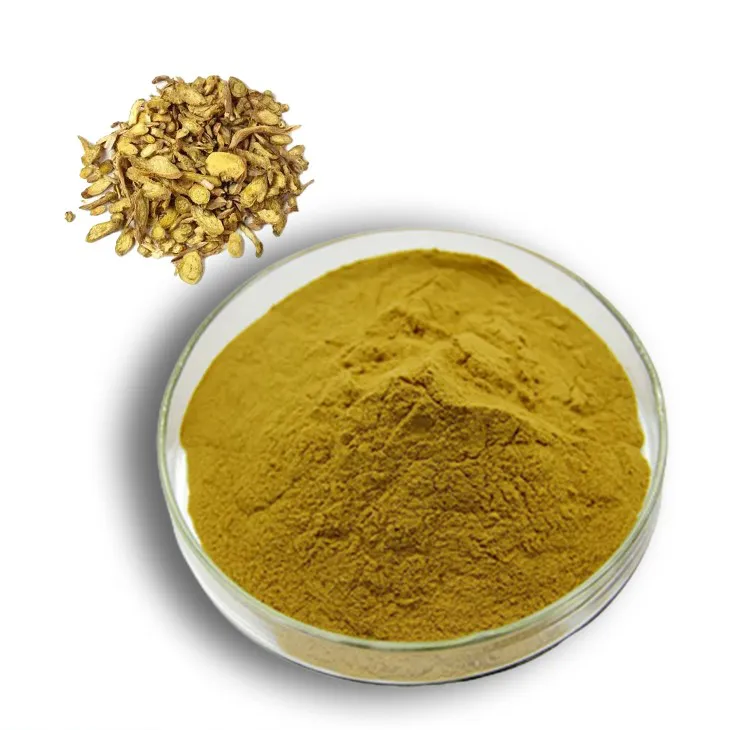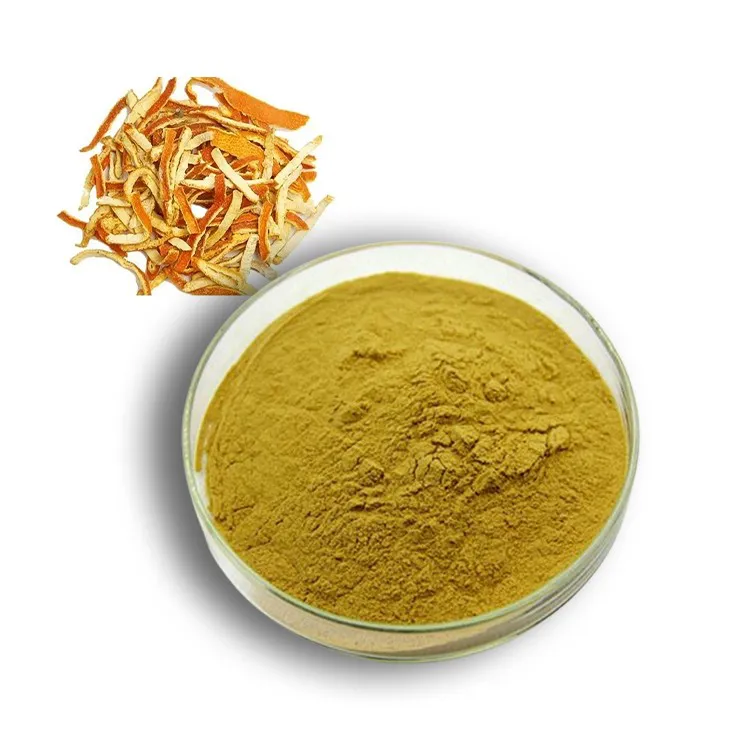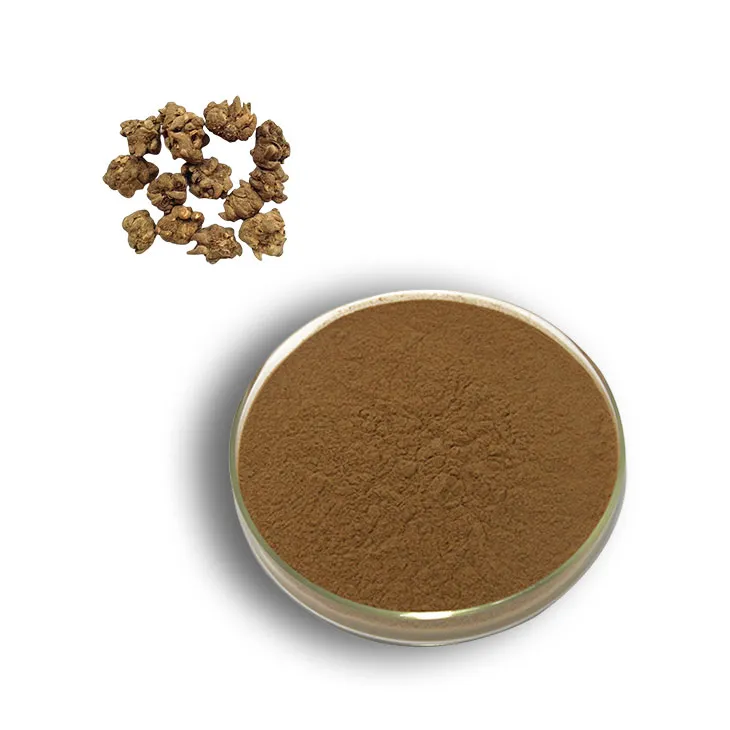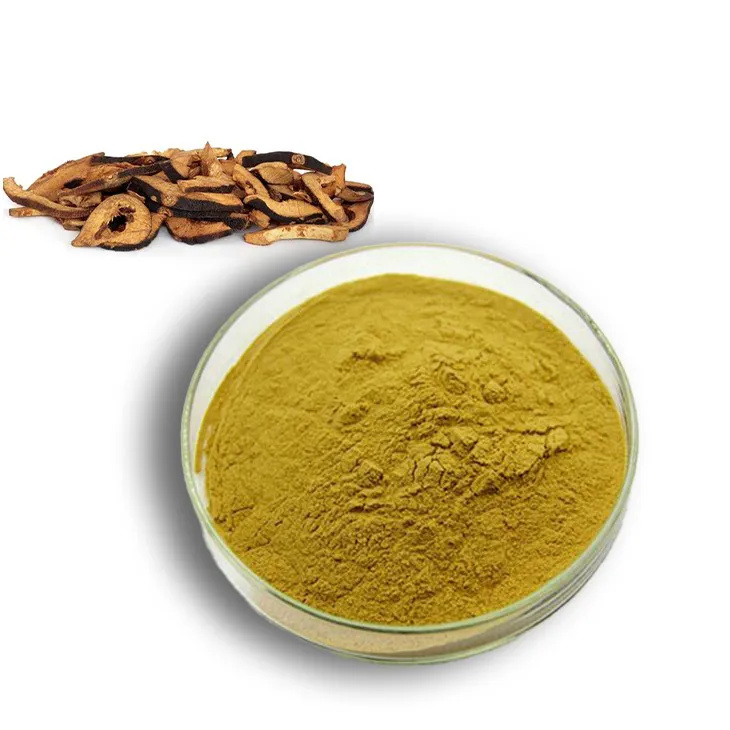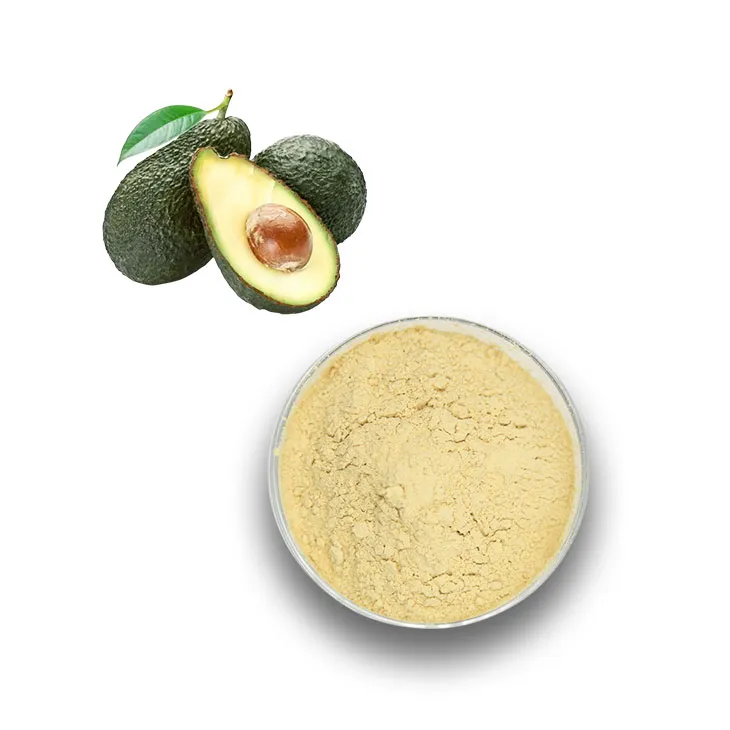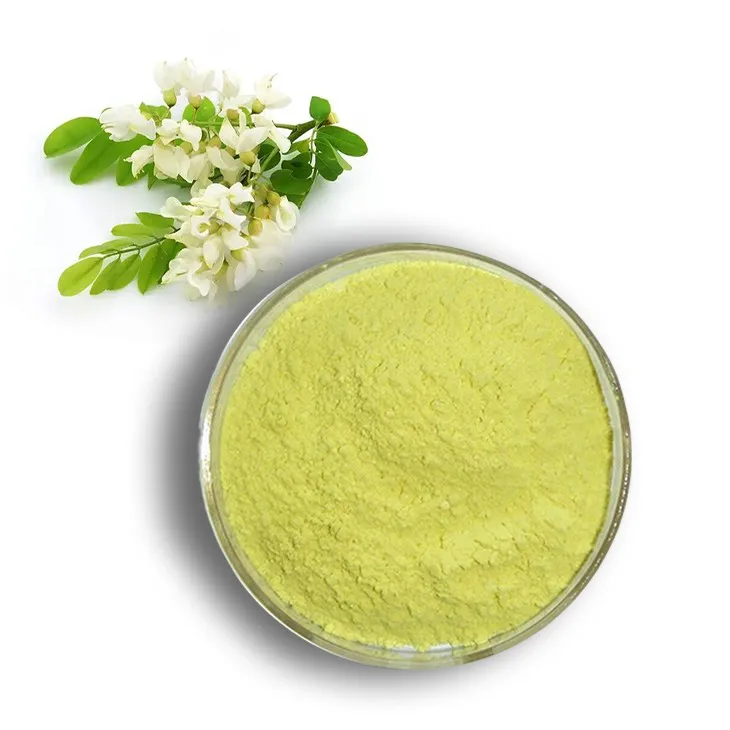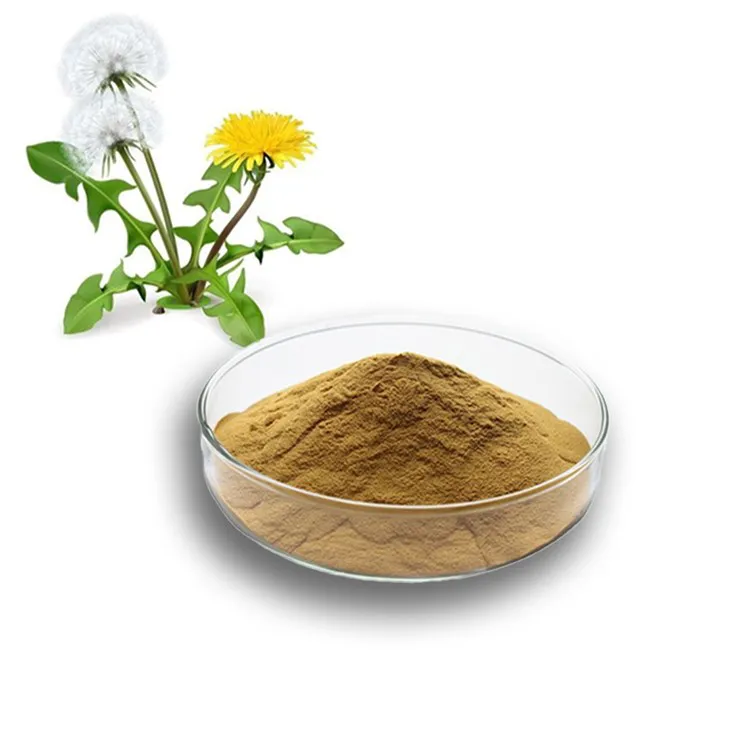- 0086-571-85302990
- sales@greenskybio.com
What Is the Best Source of Lycopene?
2025-10-25
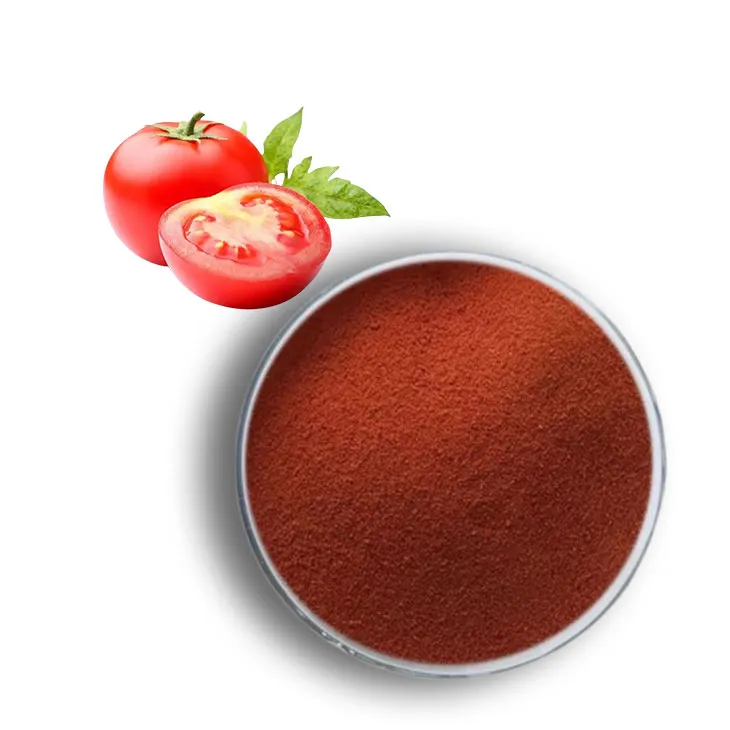
Lycopene is a vibrant red pigment that gives many fruits and vegetables their rich color, particularly those in the pink, red, and deep orange spectrum. Classified as a carotenoid antioxidant, Lycopene has been widely studied for its potential role in protecting cells from oxidative stress and supporting overall wellness. From heart health to reduced risk of certain cancers and improved skin vitality, Lycopene has earned a reputation as an essential nutrient for modern health-conscious diets.
But what foods provide the best source of lycopene? And how can you maximize the benefits from what you eat? This article explores everything you need to know to incorporate this important antioxidant most effectively.
What Exactly Is Lycopene and Why Is It Important?
Lycopene is one of the most potent antioxidants found in nature. It helps defend the body against damage caused by free radicals—unstable molecules that can contribute to aging, chronic disease, and cellular dysfunction.
Key health benefits associated with lycopene include:
Cardiovascular protection: Supports healthy blood vessels and cholesterol balance
Anti-cancer potential: Especially linked to reduced prostate and breast cancer risk
UV protection: Helps protect skin from sun-induced damage
Eye health: May reduce risks of age-related macular degeneration
Cellular health: Reduces inflammation and oxidative stress in tissues
While the body cannot produce lycopene on its own, it can be obtained entirely through diet—making food choice critical.

Which Food Is Considered the Best Source of Lycopene?
Without question, the most concentrated and widely recognized source of lycopene is the tomato. Tomatoes contain more lycopene than almost any other food, especially when processed or cooked.
Why? Cooking breaks down the tomato’s cell walls, making lycopene more bioavailable, meaning the body can easily absorb and use it. Combining cooked tomatoes with healthy fats further enhances absorption because lycopene is fat-soluble.
Highest-lycopene tomato products include:
| Food Form | Lycopene Absorption | Notes |
|---|---|---|
| Tomato paste | Excellent | Most concentrated source |
| Tomato sauce | Very high | Ideal for pasta and cooking |
| Sun-dried tomatoes | Very high | Intense flavor and nutrient density |
| Ketchup | Moderate to high | Higher sugar content |
| Cooked tomatoes | High | Better than raw |
Tomatoes also offer vitamins A, C, potassium, and fiber—adding further benefits.
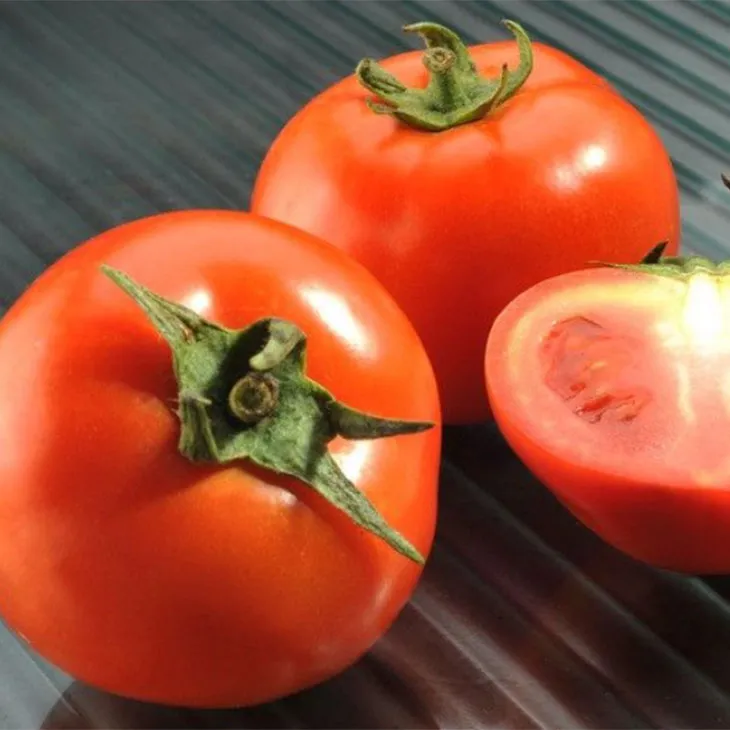
Are There Other Strong Sources of Lycopene Besides Tomatoes?
Yes — while tomatoes reign supreme, several other fruits offer valuable amounts of lycopene. These are great alternatives for people who do not enjoy tomato products or want variety in their diet.
Top additional lycopene-rich foods:
Watermelon
Pink grapefruit
Red bell peppers
Papaya
Guava
Red cabbage
Apricots
Rosehips
Blood oranges
Goji berries (less common, but beneficial)
Among these, watermelon often ranks second after tomatoes as a lycopene powerhouse, and its lycopene is naturally very bioavailable.
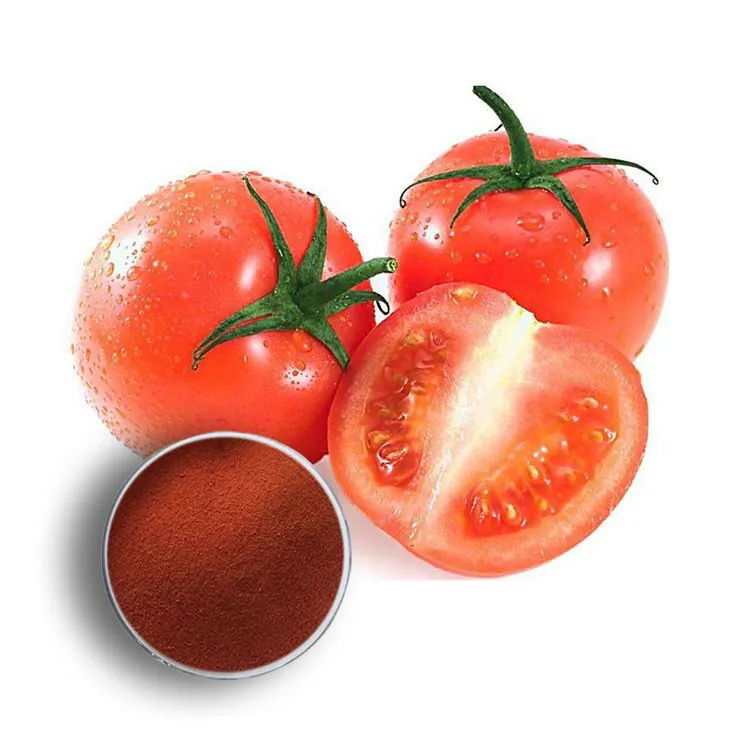
Does Food Preparation Affect Lycopene Levels?
Absolutely. One of the unique aspects of lycopene is that processing and heating can increase the amount your body can utilize.
What improves lycopene absorption?
✅ Cooking (e.g., roasting tomatoes)
✅ Processing (tomato paste, sauce)
✅ Pairing with fats (olive oil, avocado)
✅ Blending foods for better cell structure breakdown
This means a bowl of spaghetti with tomato sauce and olive oil may actually deliver more lycopene than eating a fresh salad with a raw tomato.
How Much Lycopene Should You Consume Daily?
There is no official recommended daily intake (RDI) for lycopene. However, many health experts suggest 8–21 mg per day to achieve measurable antioxidant benefits.
This can typically be achieved through well-planned meals such as:
½ cup of tomato sauce = ~17 mg lycopene
1 cup of watermelon = ~7 mg lycopene
1 tablespoon of tomato paste = ~5–6 mg lycopene
While supplements exist, most health organizations encourage food-based sources for optimal balance and safety.
Can Lycopene Help Protect Against Chronic Disease?
Numerous studies have linked higher lycopene intake to reduced risks of certain diseases, particularly those related to oxidative stress.
Most studied health areas include:
Prostate cancer prevention: Tomatoes and tomato-based foods have strong clinical evidence of benefit.
Heart disease: Lycopene may improve arterial function and reduce LDL cholesterol oxidation.
Eye and skin protection: Helps block damaging effects of harmful UV rays.
While lycopene is not a cure-all, its role as part of a nutritious diet supports long-term cellular health.
Are There Risks or Side Effects Associated With Lycopene?
Lycopene from food sources is considered very safe. High intake from tomatoes or fruit does not pose a serious health risk.
However, excessive supplementation may cause:
Digestive discomfort
Nausea
Rarely, lycopenodermia — a harmless condition where the skin temporarily develops an orange-red tint
Pregnant individuals should consult a healthcare provider before taking high-dose supplements, though dietary sources remain beneficial.
How Can You Easily Add Lycopene to Your Diet?
Here are simple, delicious ways to boost your intake daily:
TAGS:
- ▶ Hesperidin
- ▶ Citrus Bioflavonoids
- ▶ Plant Extract
- ▶ lycopene
- ▶ Diosmin
- ▶ Grape seed extract
- ▶ Sea buckthorn Juice Powder
- ▶ Fruit Juice Powder
- ▶ Hops Extract
- ▶ Artichoke Extract
- ▶ Mushroom extract
- ▶ Astaxanthin
- ▶ Green Tea Extract
- ▶ Curcumin
- ▶ Horse Chestnut Extract
- ▶ Other Product
- ▶ Boswellia Serrata Extract
- ▶ Resveratrol
- ▶ Marigold Extract
- ▶ Grape Leaf Extract
- ▶ New Product
- ▶ Aminolevulinic acid
- ▶ Cranberry Extract
- ▶ Red Yeast Rice
- ▶ Red Wine Extract
-
Red Vine Extract
2025-10-25
-
Maitake Mushroom Extract
2025-10-25
-
Baicalin
2025-10-25
-
Hesperidin
2025-10-25
-
Cat Claw Extract
2025-10-25
-
Citrus Aurantium Extract
2025-10-25
-
Avocado Extract Powder
2025-10-25
-
Troxerutin
2025-10-25
-
Dandelion Leaf Extract
2025-10-25
-
Motherwort Extract
2025-10-25











